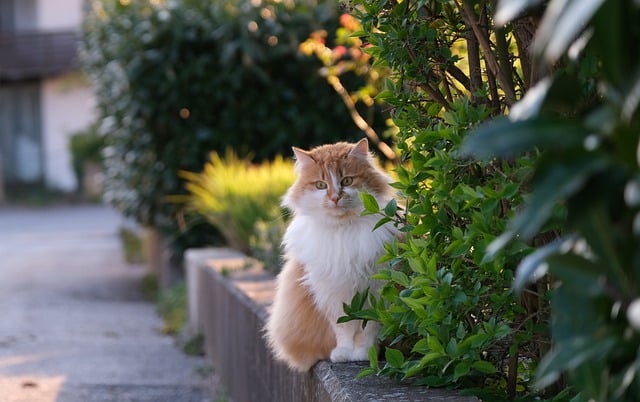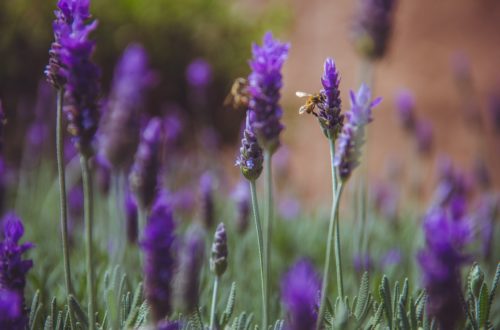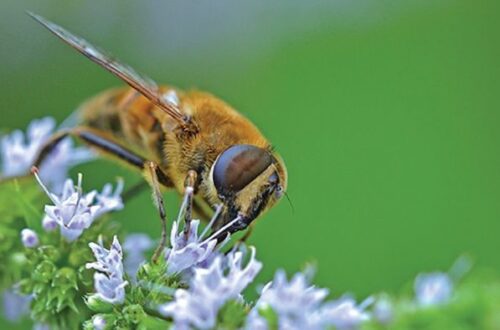Some cats love going outside and exploring the wilderness. While owners may indulge their kitty’s curiosity, it might not be conducive to the environment. Outdoor domestic cats can significantly affect local ecosystems by disrupting animal populations and food chains. Conversely, the environment could negatively impact the cats. Here’s what you need to know about the outdoors and feline friends.
How Outdoor Domestic Cats Impact Local Ecosystems
While one or two cats might seem inconsequential, the ramifications can be severe if outdoor pets roam during the day. If you have a lot of land, you might not be able to see the damage your feline does to local ecosystems. Consider the animals your kitty kills as it hunts the forests. Cats are natural predators and overwhelm smaller creatures.
A 2023 Nature Communications study examined the diet of free-range domestic cats and its ecological impact. The researchers found cats ate over 2,000 species, including birds, reptiles, and mammals. Insects and amphibians were less predominant in feline diets, but their consumption still affects the ecosystems. About 17% of the animals had conservation concerns, thus alarming scientists about feline effects on ecosystems.
Cats are more dangerous to the ecosystem if you live on an island. The study said these small pieces of land have higher wildlife concentrations, thus making hunting more accessible for felines. If uncontrolled, cats could lead to the extinction of crucial species. The American Bird Conservancy (ABC) says cats have caused 63 species of animals to go extinct.
When animal populations dwindle, their predators feel the impact through less available food. For example, imagine outdoor cats decreasing the number of squirrels in a particular area. Hawks, coyotes, and snakes rely on squirrels for their diets, so a lessened food supply could mean traveling elsewhere for dinner. Ecosystems are delicate, so tiny alterations could fundamentally change everything.
How the Ecosystem Can Harm Outdoor Cats
Domestic cats cause more harm than good when they’re outside. However, the environment presents equal dangers to felines. While cats are predators, they’re not the apex of the forest. Other animals can prey on your outdoor domestic cats, whether in the daylight or nighttime. Urban and suburban areas might not protect your pets as dangerous animals enter cities.
For example, coyotes have become more prominent in urban areas. Despite their wilderness tendencies, these canine species have appeared in Chicago, New York, Los Angeles, and other densely populated areas. While some felines fight back, coyotes can prey on outdoor cats if they’re the most convenient food source. The growing coyote threat in residential areas has worried homeowners who prioritize safety for their pets.
While coyotes are a prominent concern, there are other animals you should watch out for in your backyard. Some predators might surprise you, especially if you don’t see them during the day. Owls are an excellent example because they’re nocturnal and see cats as prey. Even small creatures like raccoons and porcupines could be dangerous to your cats if they’re vulnerable.
Besides animals, cats could encounter trouble through wild plants and herbs that harm their internal organs. For instance, consider the catnip growing in nearby forests. Cats love this plant, as 80% of the species enjoy its stimulating benefits. However, younger kitties could have adverse reactions.
People who own outdoor domestic cats should also be aware of toxic plants harming their pets. Your feline friends have more negative reactions than you’d think, as common shrubs and produce can be fatal. For example, the American Society for the Prevention of Cruelty to Animals (ASPCA) says aloe is toxic to cats when ingested.
What Owners Can Do to Protect Their Cats
How can owners protect their pets? Outdoor domestic cats can still have fun outside with protective measures. For example, a fence is a significant barrier to keeping other animals out. There is a chance predators could jump over it, but it won’t be easy. Experts say barriers should also have metal fencing at the bottom to prevent chewing.
While cats love climbing fences, the bottom is an equal concern because animals could dig underneath. Your pet could slide under or allow other tiny creatures to enter by creating wide gaps. If your cat is an excellent climber, consider a fence extender to deter them from escaping the property. Toppers can also inhibit felines from leaping over your fence.
Some outdoor domestic cats could hang around your property and stay within a reasonable distance. Consider adding an enclosed patio if your pets like to stay near the house. These spaces let cats enjoy the fresh air without going far in the yard. Find a strong enclosure with metal to ensure they can’t chew through wires or plastic.
Enclosed patios also help your pets avoid fleas. Domestic cats contract these tiny insects from fellow cats and other creatures, so protecting them is critical to maintaining good health. One flea solution you should consider is nematodes. These little worms kill fleas in the larvae stage and reduce the risk of feline diseases.
Microchipping is another critical method for cat protection. Installing this device is more reliable than collars and physical tags because it won’t fall off outdoors. Microchips keep cats safe because they’re easier to find when lost. If someone finds your kitty, they can scan it for a microchip or take it to a veterinarian’s office.
How Outdoor Domestic Cats and the Environment Coexist
Cats enjoy going outside because it lets them tap into their instincts. Throughout the day, felines sharpen their claws on trees and bask in the sun. However, they can harm the environment by killing local wildlife and disturbing food chains. Please take steps to protect your outdoor cats from other animals and themselves.
Jack Shaw is the senior Outdoors writer for Modded, a men’s lifestyle publication. An avid outdoorsman and lover of nature, he’ll often find himself taking retreats out to explore his environment and encourages others to do the same in ways that are sustainable and beneficial to the environment.
Image by Inn






